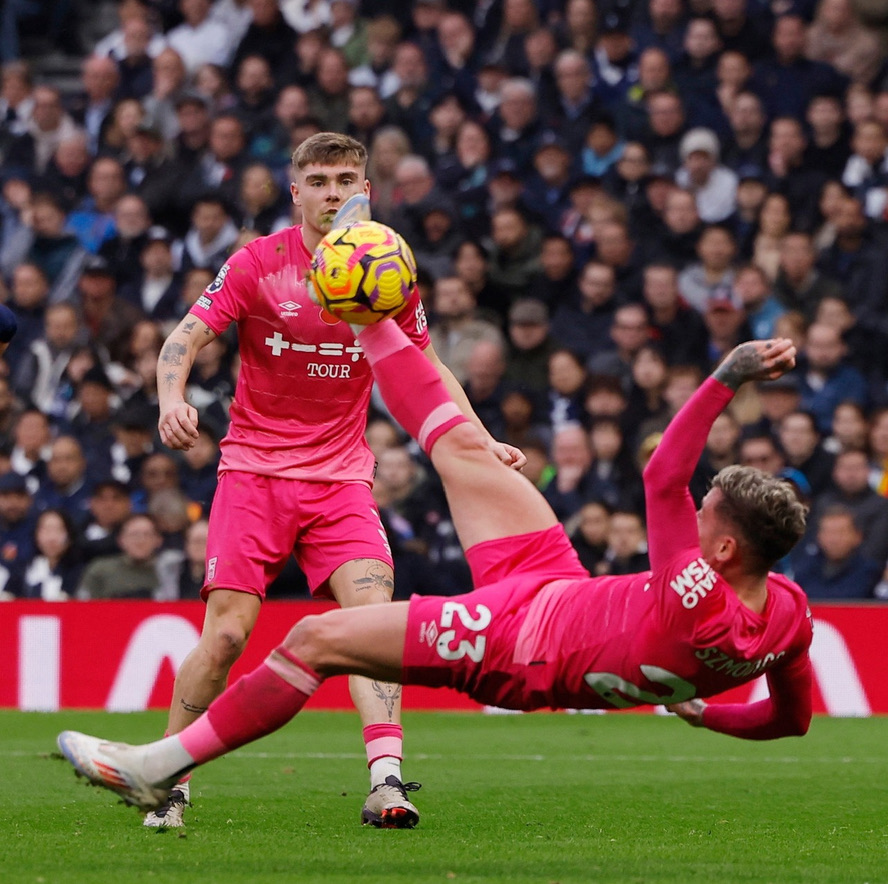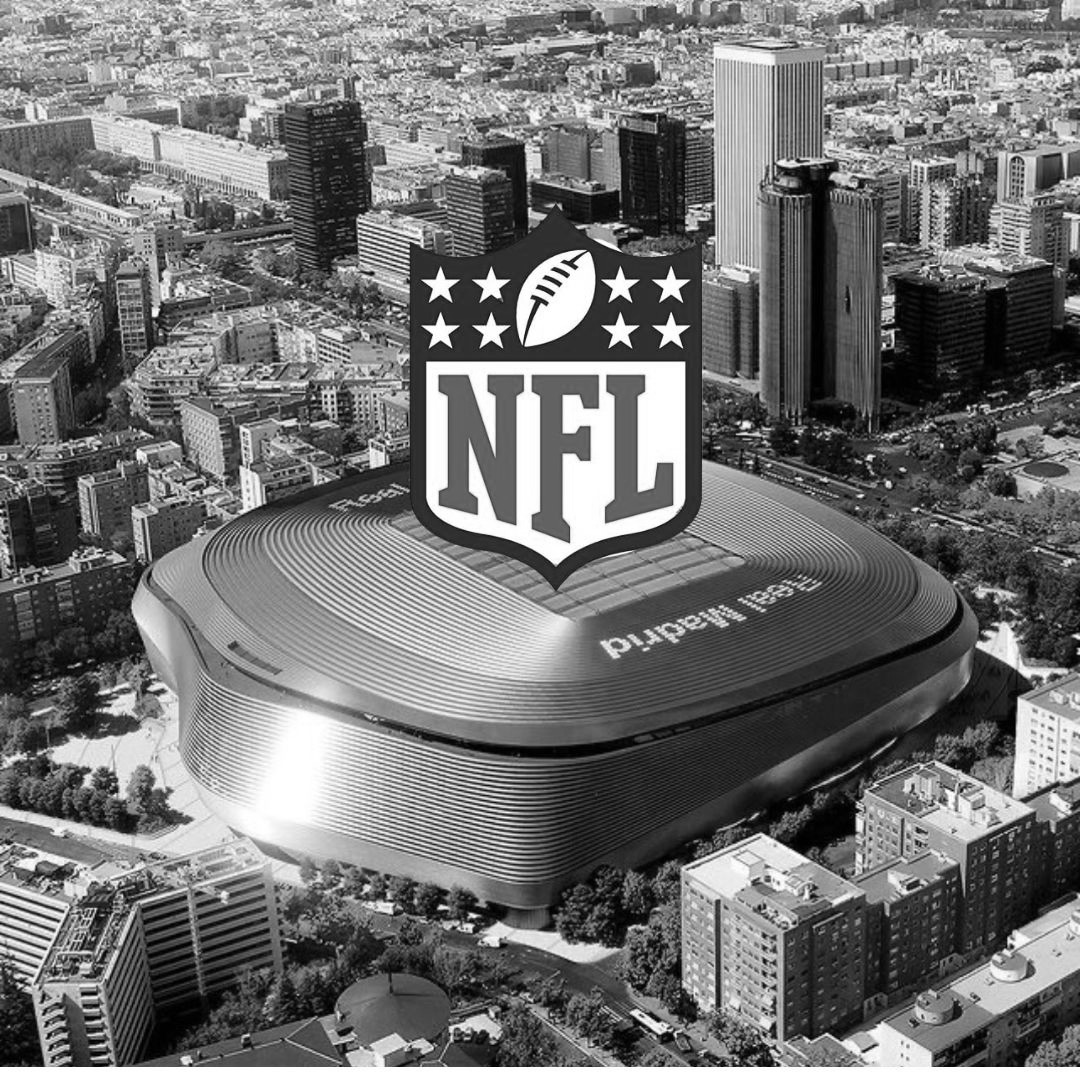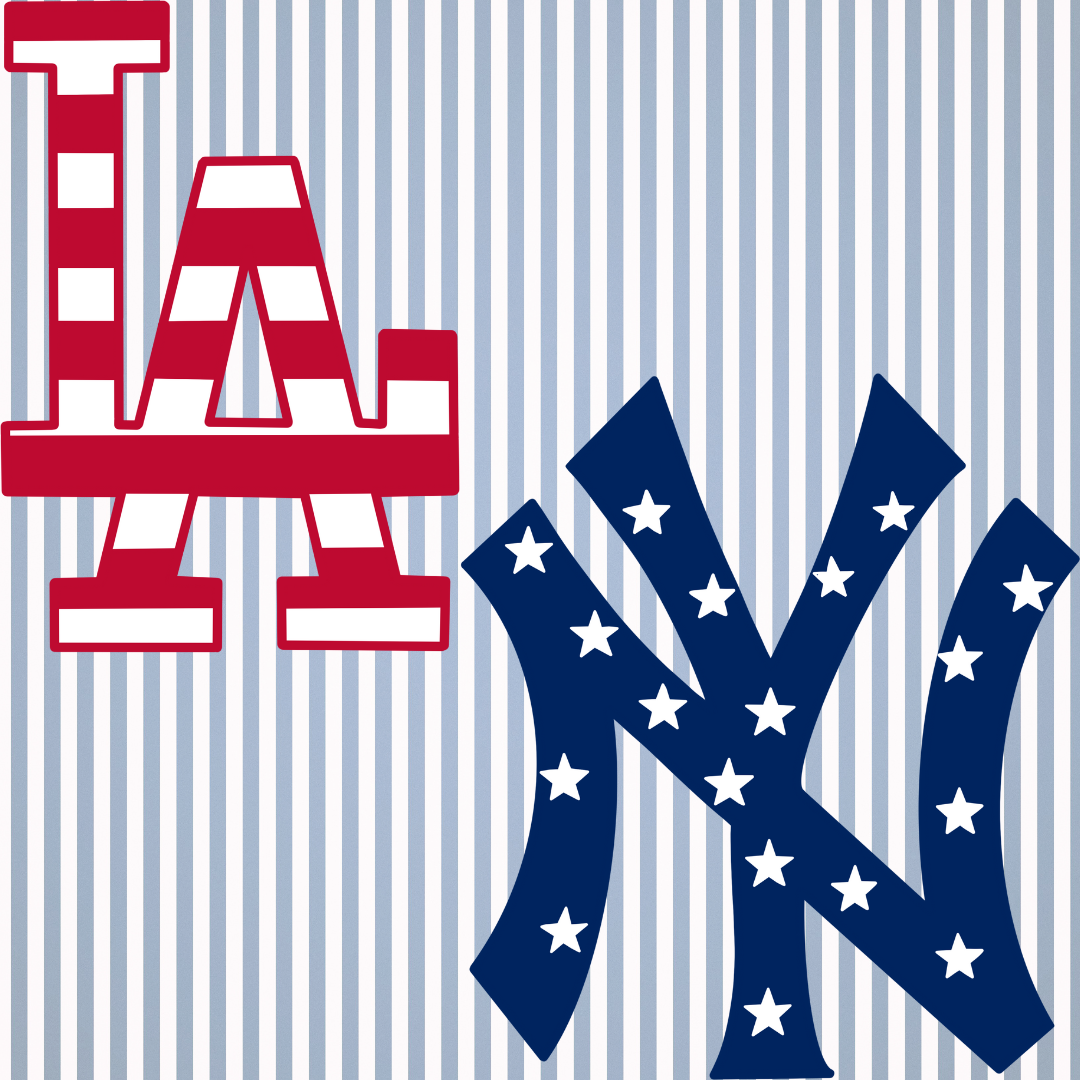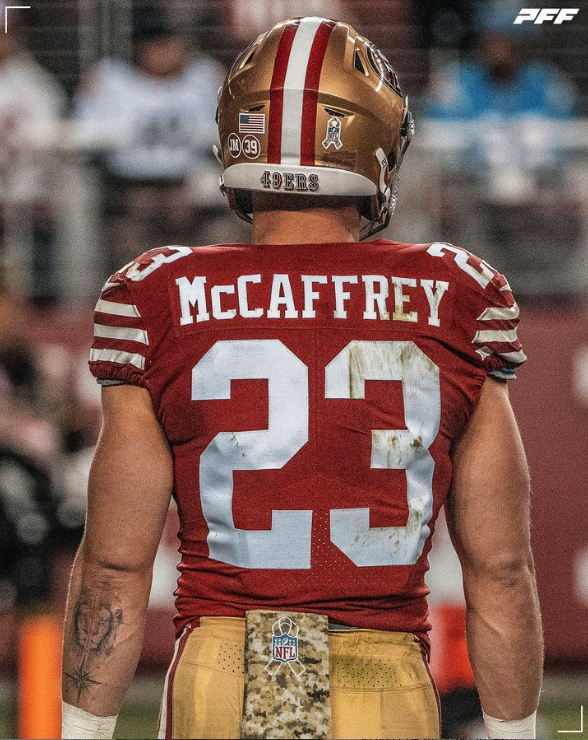By NICHOLAS SETTE
CONTRIBUTING WRITER
On Oct. 29 2009, with 50,181 fans in attendance, A.J. Burnett toed the rubber at Yankee Stadium for game two of the World Series. Burnett took on the National League Champion Philadelphia Phillies, who featured a lineup full of All-Stars such as Chase Utley, Ryan Howard and Jimmy Rollins. The game was of dire importance for the Yankees, as a game two loss would leave them down two games in the series and having to win at least two games in Philadelphia just to force a game six in New York. So what would happen in this game of dire importance? Exactly what the Yankees wanted: Burnett pitched seven strong innings, allowed only four hits and one run.
The Yankees would go on to win game two and the World Series in six games, capturing their 27th World Series Championship. After all the celebrating and partying, the 2010 season was underway and the Yankees seemed fit to compete for a 28th championship. However, 2010 marked the turning point in A.J. Burnett’s career. Burnett would be mediocre in 2010 and horrendous in 2011, which forced the Yankees to trade him to the Pittsburgh Pirates for a minor league prospect.
Yankee fans were elated, Burnett was finally out of town, and now they could focus on developing young pitchers like Ivan Nova. Pirates fans, on the other hand, weren’t elated but they saw some upside in Burnett and were not mad that the Pirates took a chance on him. It seemed that a change of venue did Burnett some good; his ERA (earned run average) dropped from 5.15 to 3.51, he increased his W.A.R. (wins above average replacement, an important metric for measuring a players total contribution) from 1.1 to 3.0, and he pitched 202.1 innings. Burnett found similar success in 2013 as the Pirates made their first playoff appearance in twenty years, but his value in the offseason was low and he even contemplated retirement.
However, as the off season developed and big name pitchers like Masahiro Tanaka signed, the Philadelphia Phillies signed him to a one year, 16 million dollar contract.
Some baseball fans criticized the Phillies, feeling that this was another foolish front office move that they have made this offseason. So the question stands. Did the Phillies make a smart move by acquiring A.J. Burnett to a one year deal?
Let us dive into the numbers. According to Fangraphs.com, the average cost of a win above average replacement in 2013, for a pitcher, was 4.6 million dollars. Therefore, a player who has a W.A.R of 1 is worth 4.6 million dollars. A.J. Burnett has averaged a 3.5 W.A.R over the past two seasons, which means he was worth approximately 16.1 million dollars, because 3.5 * 4.6 works out to 16.1. Regardless, let us continue to dig deeper.
When looking past the traditional statistics of ERA, Wins and Innings Pitched you uncover what makes Burnett valuable. Burnett’s K percentage (Percentage of total batters retired on strikes) increased 5 percent from 21.1 in 2012 to 26.1 in 2013 and is rated as excellent by Fangraphs.com. Also, his K/9 (strike outs per 9 innings) increased from 8.01 to 9.85 from 2012-2013.
However the next stat is what makes A.J. Burnett so valuable. In baseball, pitchers are usually classified under two categories. They are either pitchers who get hitters to hit into groundballs or pitchers who get hitters to hit into fly balls. Pitchers who get batters to hit into more fly balls usually have an above average strikeout rate, which Burnett has. One could easily classify Burnett as a fly ball pitcher. However, Burnett’s GB% (Percentage of total balls put into play that were hit on the ground) was 56.5 percent in 2013, which is 9 percent better than league average. Therefore, A.J. Burnett is a pitcher who can both get groundball outs as well as strike hitters out!
Now you must be asking yourself, “If he is so good at getting groundballs and strikeouts, then why isn’t he signed to a long term deal by any top contending team?” Well, Burnett does have his flaws; he is a 37 year old starting pitcher who relies on his fastball. Also, he has logged a lot of innings over the course of his 15 year career as well as an increasing BB/9 (Walks per nine innings) from 2.76 in 2012 to 3.16 in 2013 and an increasing BB percentage (Percentage of total batters walked) of 7.3 percent in 2012 to 8.4 percent in 2013.
In conclusion, I personally feel that the Phillies made a wise decision. With Roy Halladay retiring, Cole Hamels injured and a core group of All-Star players aging the Phillies need to act fast if they want to compete, and by signing A.J. Burnett they are moving in that direction.











































































































































































































MattyBRaps • Apr 12, 2014 at 5:15 pm
Keep it rollin’ good stuff #MattyBRaps